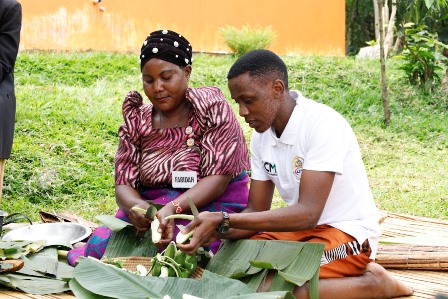Ewaffe Cultural Village – a place to experience old Baganda traditions and culture
Ewaffe Cultural Village is the place to go (near Kampala) for one to experience authentic African traditions and cultures. This spot is not like many other cultural centers where a few items depicting African traditions and cultures are simply put on display for you to watch, but Ewaffe Cultural Village is a big project nicely […]
2024 Uganda gorilla tracking ticket price increased to USD 800
Uganda has increased the gorilla tracking permit/ticket from $700 to $800. The new price of the gorilla tracking permit is effective from July 2024 when the new Uganda financial year starts. So for all purchases of gorilla trekking permits for tracking dates starting 1st July 2024 one has to pay $800. It has also been […]
You do not need a visa to go to Kenya (starting 2024)
Kenya has done it! No visa required to visit Kenya, the land of the Masai Mara.Towards the end of last year 2023, the President of Kenya, Mr. William Ruto, announced that from 2024 every traveler from any part of the world going to Kenya will not need a visa to visit the country. This effectively […]
Rwanda is visa-free for all African citizens
Here is another momentous announcement out of Rwanda; all African citizens visiting Rwanda no longer require a visa. In other words, Rwanda is visa free for all Africans. The announcement was made by President of Rwanda H.E. Paul Kagame on Thursday, 2nd November 2023 at the 23rd Global Summit of the World Travel and Tourism […]
Is Uganda safe after the (ADF) attack on tourists?
On 17th October gunmen believed to be of the rebel outfit the ADF – Allied Democratic Forces (a designated terrorist organization with links to ISIS) killed two tourists and their tour drive while on safari in Queen Elizabeth National Park. This tragic incidence sent shockwaves through the tourism industry and the country’s leadership. Never before […]


